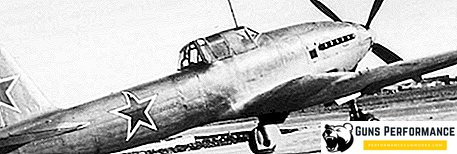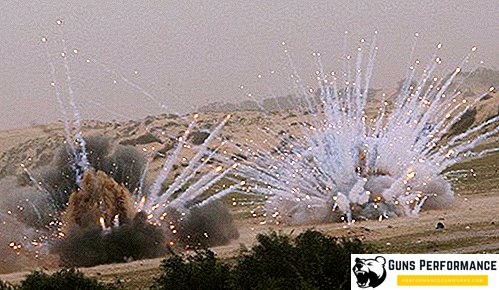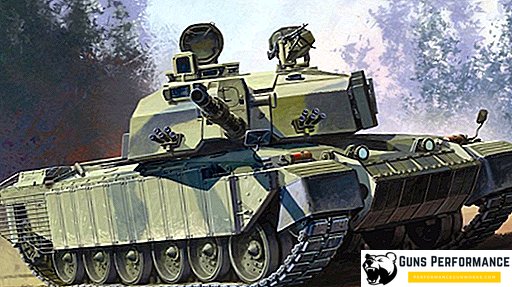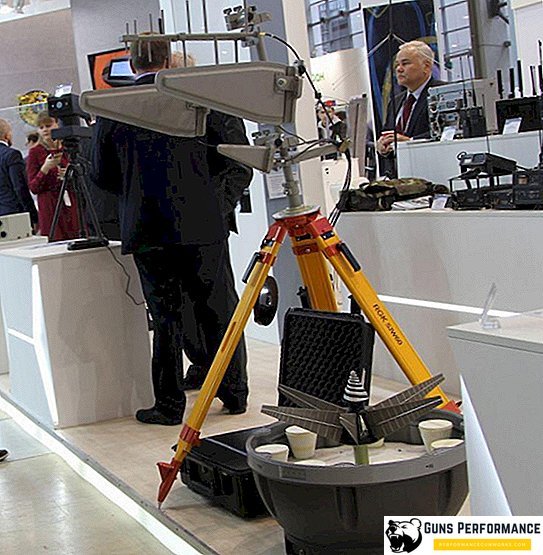The hand grenade RSD 33 is a remote type anti-personnel fragmentation grenade, which was widely used by Soviet troops in the early years of World War II. Its main striking element were fragments. An interesting feature of this grenade was that it could be used both offensive and defensive grenade. The statutes of the time even described how to use the FER 33 in the fight against tanks and enemy fire points.

Grenade rgd 33 belonged to a double type of grenades. She had a special casing with notches, which was used when using a grenade in defense. He easily put on a grenade and, when it was undermined, produced a large number of fragments. With the explosion of a grenade with a defensive cover on it, more than 2000 fragments were formed.

History of creation
The creator of the grenade prg 33 is a talented Russian engineer Mikhail G. Dyakonov, who developed weapons during the First World War. In 1925, it was decided to modernize the Rdutlovsky grenade, which had been in service since 1914. This work was entrusted to Dyakonov, who completed the modernization in 1929. It was adopted by the Red Army and was named RG-1914/30.
But in 1933, the same Dyakonov developed on the basis of RG-1914/30 a new grenade, which in the future became known as RGD 33. This grenade received a thicker body, which during the explosion gave more fragments. The grenade also received another characteristic feature - a special metal tape that was placed under the grenade body. This metal band, cut into small squares and laid in four layers, was located immediately under the outer shell of the grenade and after the explosion gave a large number of fragments.

Also, some more changes were made to the grenade, and it was in this form that it entered into service with the Red Army.
Description and characteristics
Grenade rgd 33 had the following device. It consisted of a body that contained an explosive (most often it was TNT, but other types of explosives were used during the war), handles with a drummer and a spring and a fuse-detonator, it was inserted into the body of the grenade on the other side. The nest for the detonator was closed with a special damper (sliding or pivoting), a special washer was installed between the grenade handle and the body, which securely fixed the handle and did not allow it to unscrew. The grenade wreck 33 without a defensive casing weighed 495 grams, its length with a handle was 191 mm, and its case diameter was 52 mm.

Grenade came to the troops in a completely disassembled. Separately, were the body, handle and fuse. Before the battle, the fighters screwed the handle to the body, after which it was already impossible to disassemble the grenade. Grenades were worn in special bags, and fuses were also stored separately in them. Immediately before use, the fuse was inserted into the socket, and the grenade was put on a fuse. It was also necessary to cock the spring in the handle. Before throwing the grenade it was necessary to unlock the fuse and throw it at the target. Due to the energy of the throw, the drummer impaled the detonator cap and an explosion occurred. The explosion occurred with a slowdown in 3.5-4 seconds. A trained fighter could throw a RGD 33 grenade at 35-40 meters.
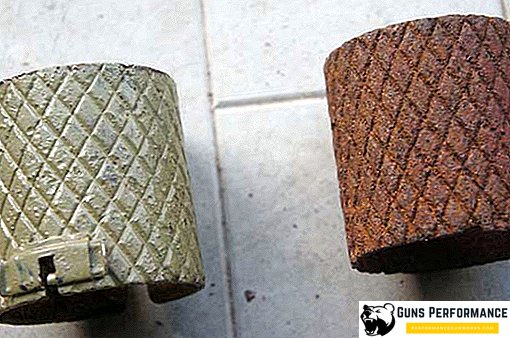
TTX grenades RGD-33
- Weight without defensive cover - 495 gr.
- Cover weight - 125 (250) gr.
- The mass of TNT - 200 gr.
- Throwing range - up to 40 meters
- Fragment scatter without defensive cover - 15 meters
- Scattering of fragments with a cover - 30 meters.
- Slow down time - 3.5-4 seconds.
Grenade PRA 33 was produced from 1933 to 1941. However, it proved to be quite difficult to manufacture and use. Before its application on the battlefield, it was necessary to do a lot of manipulations, which is not so easy even for an experienced fighter. In addition, the disadvantage of the RGD 33 was that it exploded only after a strong throw, and sometimes it was necessary to blow up a grenade without throwing, for example, throw it into the embrasure of the dota or the tank hatch. In the production of pomegranate, the RGD 33 was also quite complex and required highly skilled workers and sophisticated equipment. Although it must be admitted that the RGD 33 had good combat characteristics, a good high-explosive and fragmentation effect and perfectly hit the enemy's manpower.
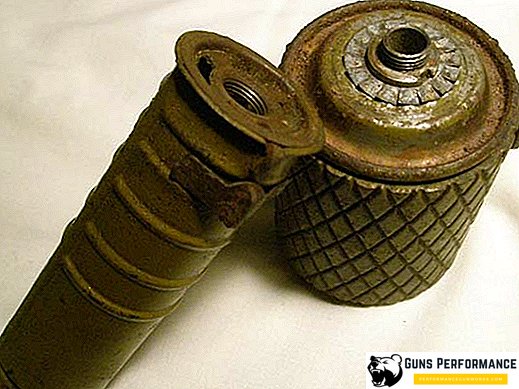
This grenade was used even against enemy armored vehicles, for this it was necessary to prepare a bunch of several grenades. Three to five grenades were tied with a rope, telephone wire or wire, while the handle of the central grenade of the bundle should be directed in one direction, and all other grenades in the opposite direction. The central grenade ligament was prepared for battle, and it undermined the rest. Similarly, it was prescribed to use a grenade against long-term firing points.
For all the time of production, the Soviet industry has produced more than 50 million grenades RGD 33. The grenade was used during the battles at Khalkhin Gol, near Lake Hassan, in the first two years of the Great Patriotic War. Soviet partisans invented a method of using the RGD 33 grenade as a fuse for mines against trains.
Video: educational grenade explosion
Already at the beginning of the war, the development of a more advanced grenade began. Soon it was made and put into service under the symbol RG-42. This grenade was much simpler and more convenient than RGD 33.






